Die Breaks on gold?
 Leeroybrown
Posts: 510 ✭✭✭✭✭
Leeroybrown
Posts: 510 ✭✭✭✭✭
Are die breaks common on gold the same as they are on many silver coins?
See an example below:
Would love thoughts...
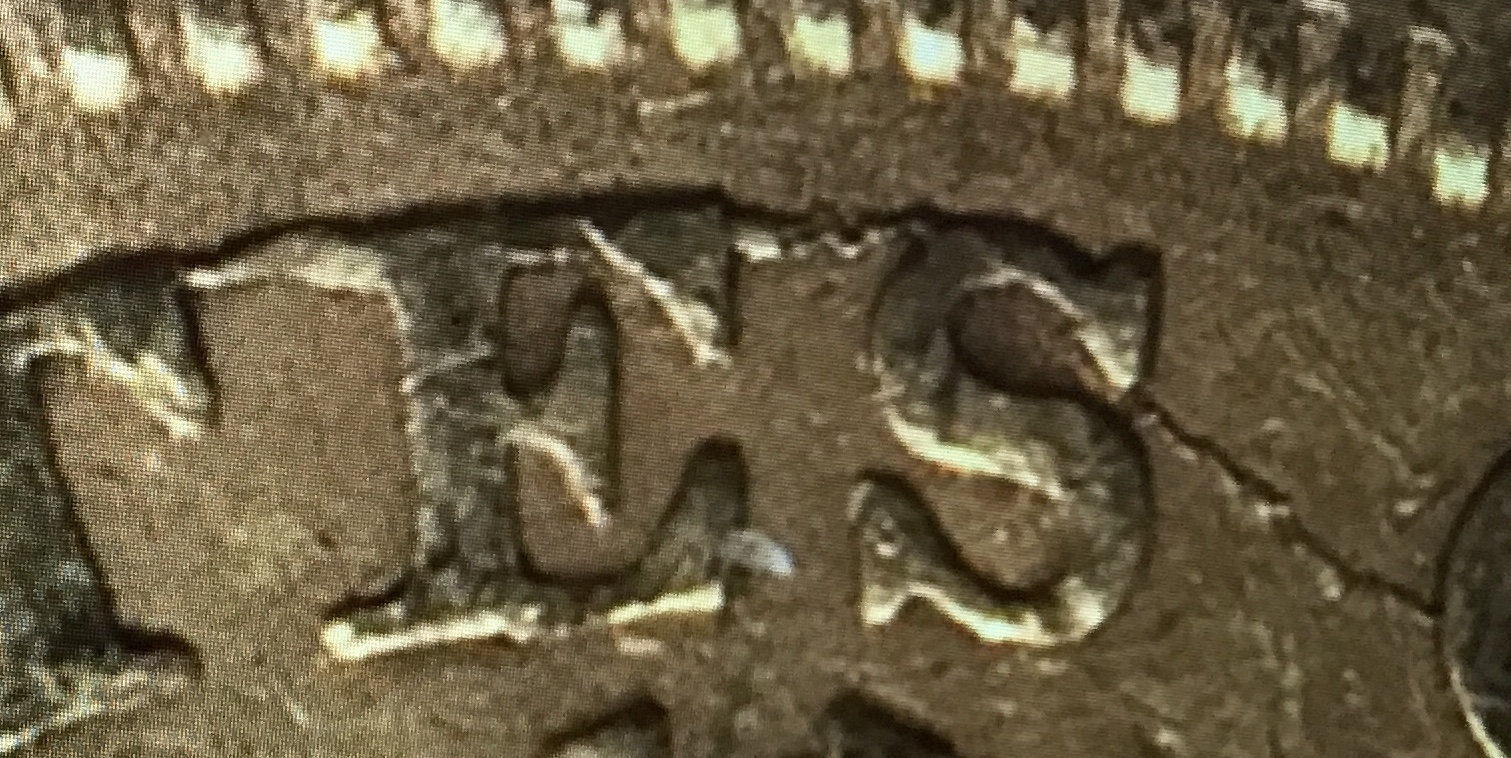
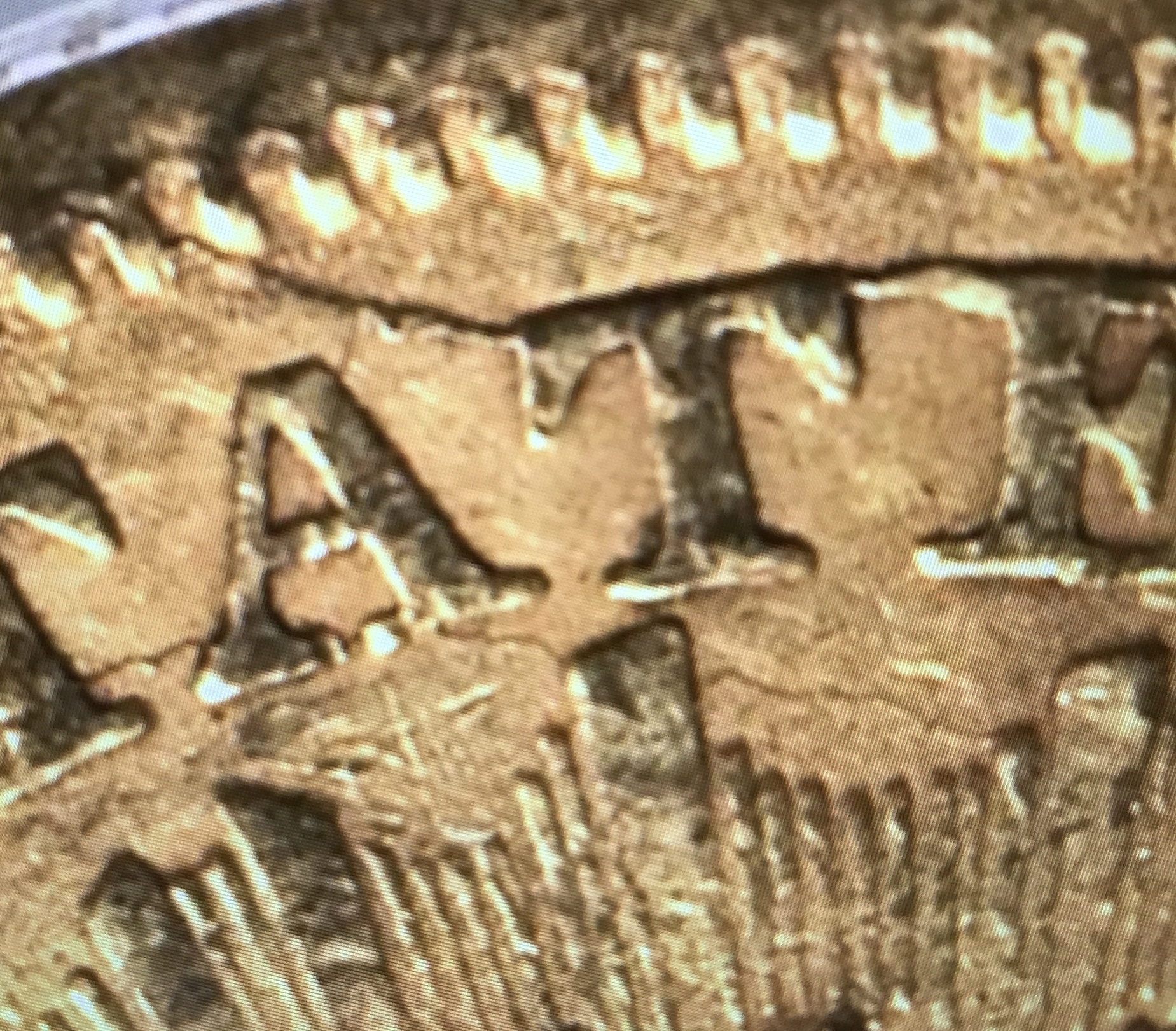
2
Comments
Here is one more pic showing all the crazy breaks everywhere on reverse...
I've had several $2 1/2's with them. Mostly Libertys, but a few on Indians as well.
These die breaks are actually on a $20 type II. Anybody ever seen a die break on a $20 gold piece?
Quite common on saints.
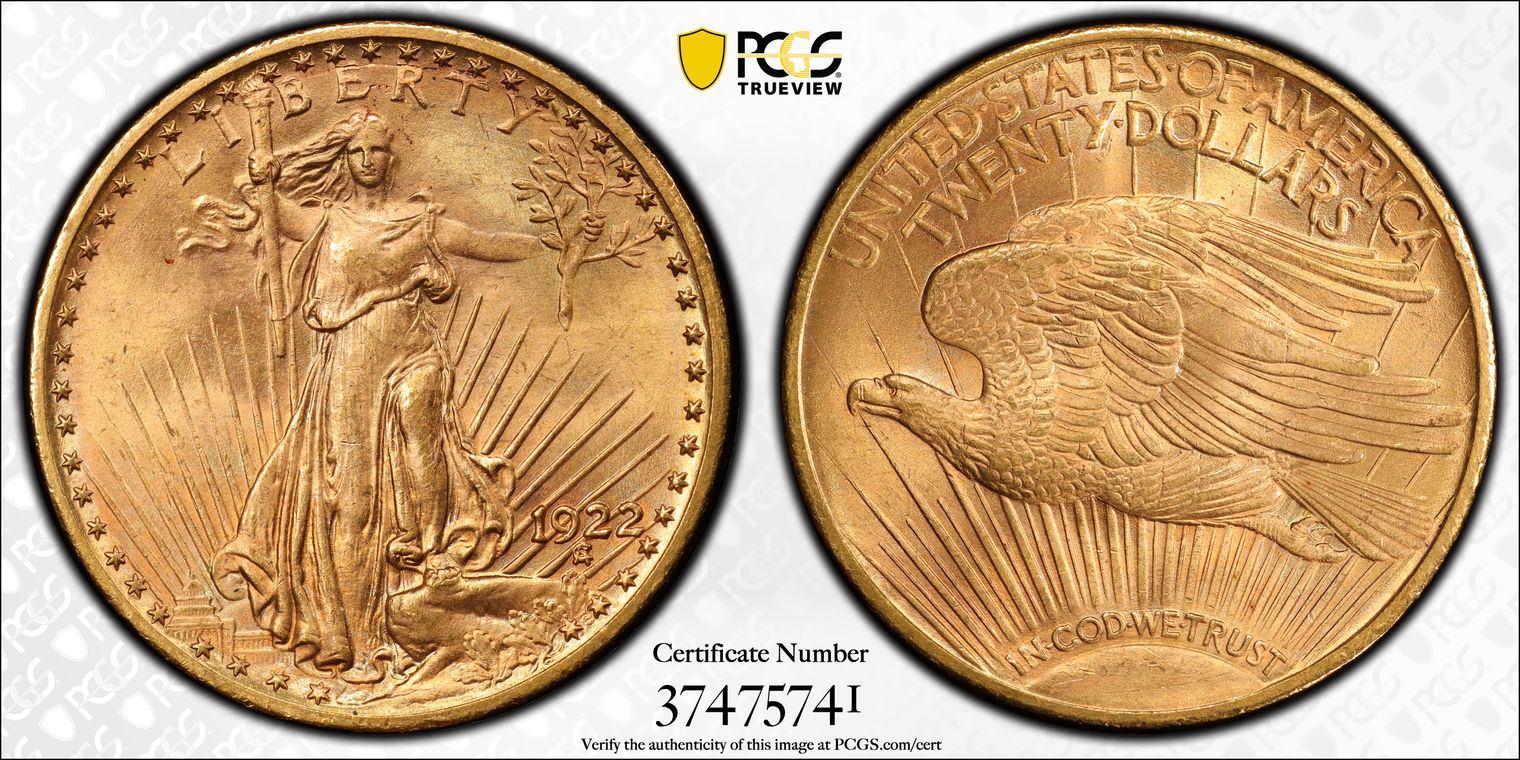
Often through the word liberty.
My Saint Set
They are fairly common on older gold coins, except not so much on proof or modern gold.... At least that is what I have seen....Cheers, RickO
I have several $5 Libs with die cracks. Thinking it is quite common.
it's crackers to slip a rozzer the dropsy in snide
I have a 1922 St Gaudens DE with that the closer I look the more it looks like road atlas.
Lots of cracks on that soft metal.
Here’s a cool obverse die crack:
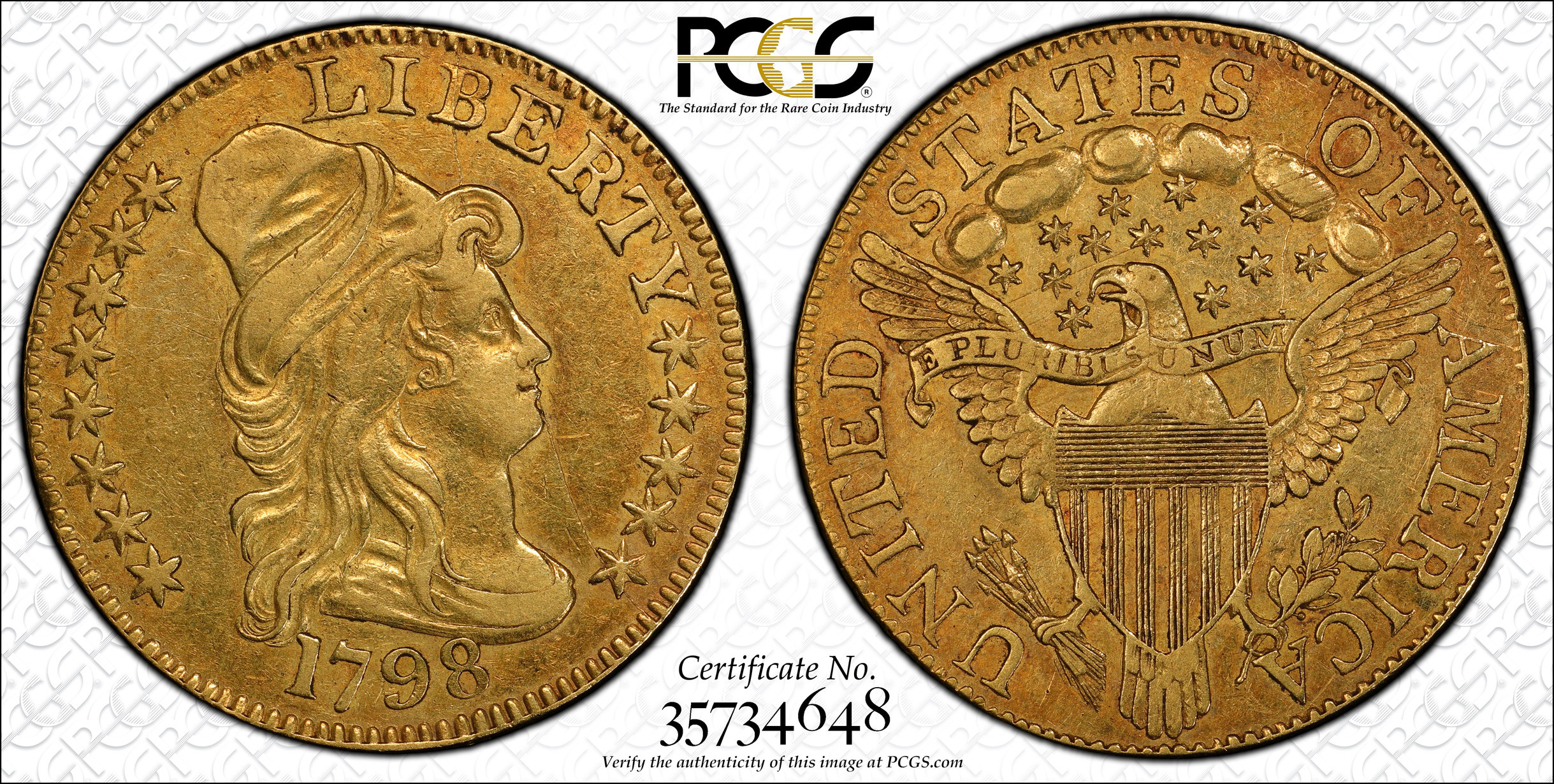
Melt temp on gold is higher so it takes more PSI to press that’s a lot more stress on the dies so you should see a higher percentage of die cracks.
https://www.pcgs.com/setregistry/quarters/washington-quarters-major-sets/washington-quarters-date-set-circulation-strikes-1932-present/publishedset/209923
https://www.pcgs.com/setregistry/quarters/washington-quarters-major-sets/washington-quarters-date-set-circulation-strikes-1932-present/album/209923
Wait, what? Wouldn't it need less pressure to strike since gold is so soft?
It's much more dense than silver, and in an alloy, not terribly soft.
Keeper of the VAM Catalog • Professional Coin Imaging • Prime Number Set • World Coins in Early America • British Trade Dollars • Variety Attribution
Standard coin gold differs little in hardness from standard coin silver.
In researching the Saint-Gaudens Double Eagle book to quickly became evident that die cracks and breaks were just as common as on other coins of similar size. However, gold seemed to be inspected with a little more care than silver or minor coins.
Does anybody have an example of a type I or type II to show?
What are thoughts on die breaks effecting quality and/ or a cac sticker on a gold coin?
My $5:
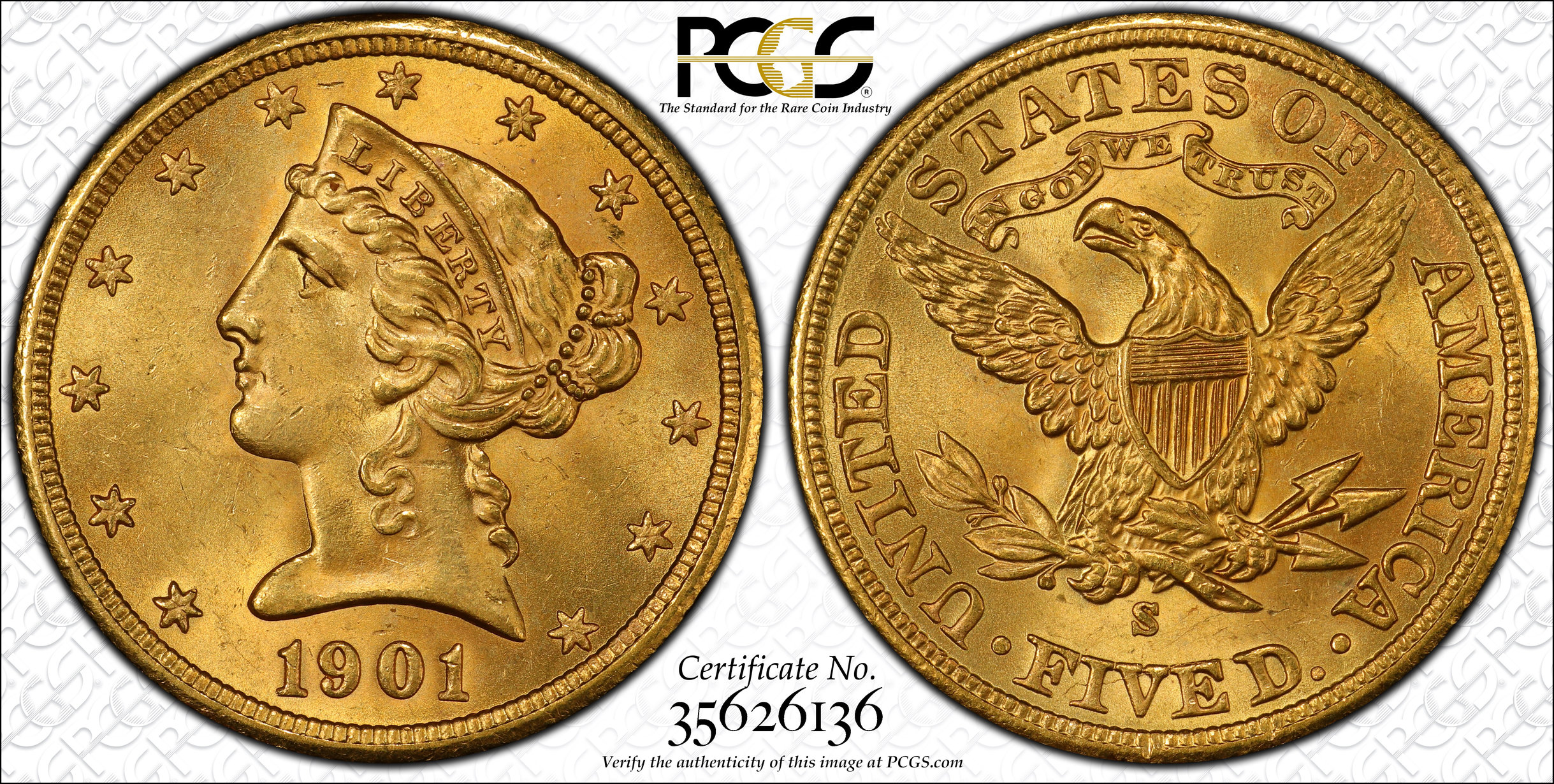
A few on the reverse:
My YouTube Channel
The reverse die cracked during coining operations of this Charlotte Half Eagle, bisecting the reverse from 10:30 to 4:30... essentially splitting it in half.
Leeroy
The die breaks on your $20 Lib are pretty dramatic. I love the character it adds to the coin. Can’t recall seeing another $20 gold lib with breaks like that. What’s the date/mint it came from?
My impression is that they don’t have a negative effect on CAC. The 1798 $5 I posted is CAC’d just as an example.
This 1875-S $20 has die cracks around the reverse peripheral lettering. A few images are below.
There are only two things I don't like about gold coins.
1 They are soft and very prone to being heavily scratched and bag marked.
2 The ones I like most are the hard ones to afford.
The three leg buffalo has a crack at about seven o'clock on the obverse. Nickel is a tough metal and rough on dies.
Actually, Gold and silver coinage alloys have a similar hardness. I did a quick search and found the following:
Vickers hardness (Hv)
Sterling silver (0.925) = 65-70 Hv
22KT Au (0.917) = 70-75 Hv
I didn't find the values for 0.900 coinage alloys but would expect they would similar. There may be some minor differences depending on the composition of the alloying metals as well.
@RogerB also commented on this in an earlier post to this thread
Sweet 1875-s Bloodman !!
Crusty,
Per your request, see pics of the piece related to the discussion below:
Would love to know thoughts on grade and quality...
For saints, why are they usually 12 O'clock on the front & 9 O'clock on the reverse?
Die crack on reverse called "nest-builder" because eagle appears to be carrying a piece of straw vertically.
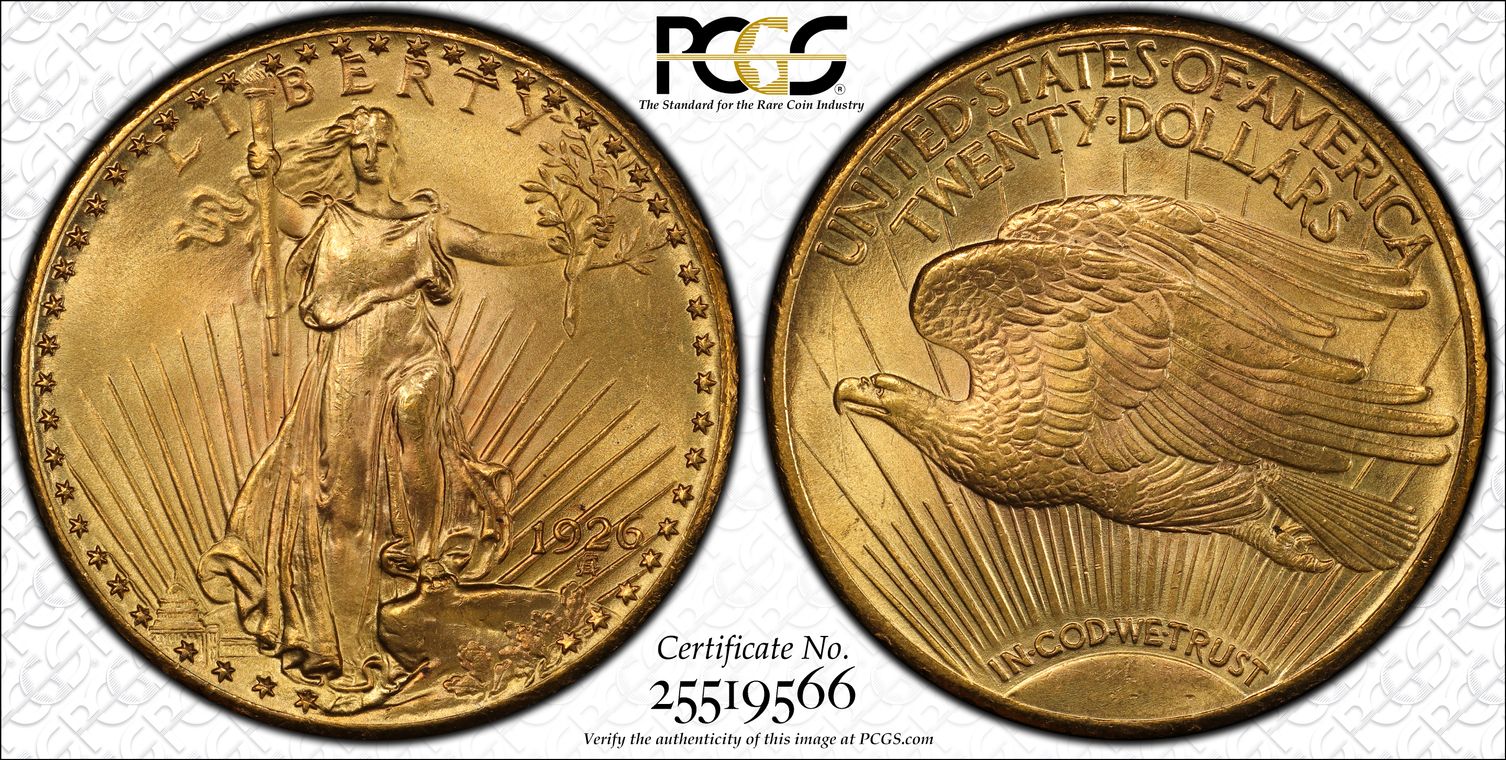
(You may not be able to see it in small photo but I can't figure out how to blow it up)
My Saint Set
Die breaks can be used for authentication and grading.
Like the famous 1927-D saint
My Saint Set
Did you mean die cracks or die breaks (cuds) and how are they used to grade coins?
Worry is the interest you pay on a debt you may not owe.
"Paper money eventually returns to its intrinsic value---zero."----Voltaire
"Everything you say should be true, but not everything true should be said."----Voltaire
I use the two terms interchangeably. When a die breaks, it is usually in the form of a crack (or chip) except in sudden failures.
When a die crack goes over the relief of a coin it is first to show wear before the design it crosses. Example: wreath on Indian cents.
We'll have to disagree on that. A die crack is a raised line on a coin from a crack in the die that struck the coin while a die break is a missing part of the design on the coin due to a piece of the die that has broken away. It's also commonly called a cud.
Worry is the interest you pay on a debt you may not owe.
"Paper money eventually returns to its intrinsic value---zero."----Voltaire
"Everything you say should be true, but not everything true should be said."----Voltaire
I guess it all depends on how old a person is, how long they have been collecting, and where they get their information. I'll suggest you may change your opinion with a little reading. I've just consulted four reference books and will not change my original statement: I use the two terms interchangeably. When a die breaks, it is usually in the form of a crack (or chip) except in sudden failures.
PS I try not to use the word "Cud" anymore. That's the term I used for a major die break at the rim but it has fallen out of favor with NEWmismatists.
I've been a serious collector of coins for many decades and a voracious reader of numismatic literature including your most excellent column in Numismatic News so I'm not exactly new to this hobby. As everything in life, numismatic terminology evolves. I remember when the hobby called a coin "Uncirculated" or "BU" rather than "Mint State". I remember when some collectors referred to "die clashes" as being "die suction" which is pure nonsense. I'm glad to see the term "cud" is now seldom used anymore to refer to a die break. Of course, you can use any terminology that you choose but from what I've read there is a difference between a crack and a break and it makes sense to me that there would be two separate terms to differentiate these two different die states.
Worry is the interest you pay on a debt you may not owe.
"Paper money eventually returns to its intrinsic value---zero."----Voltaire
"Everything you say should be true, but not everything true should be said."----Voltaire